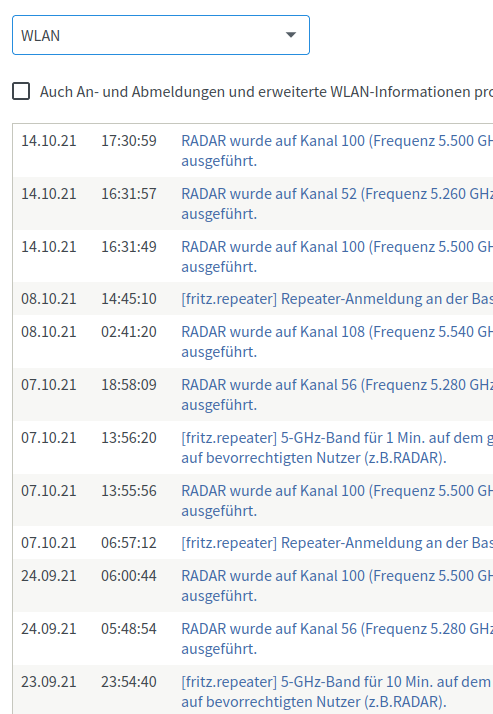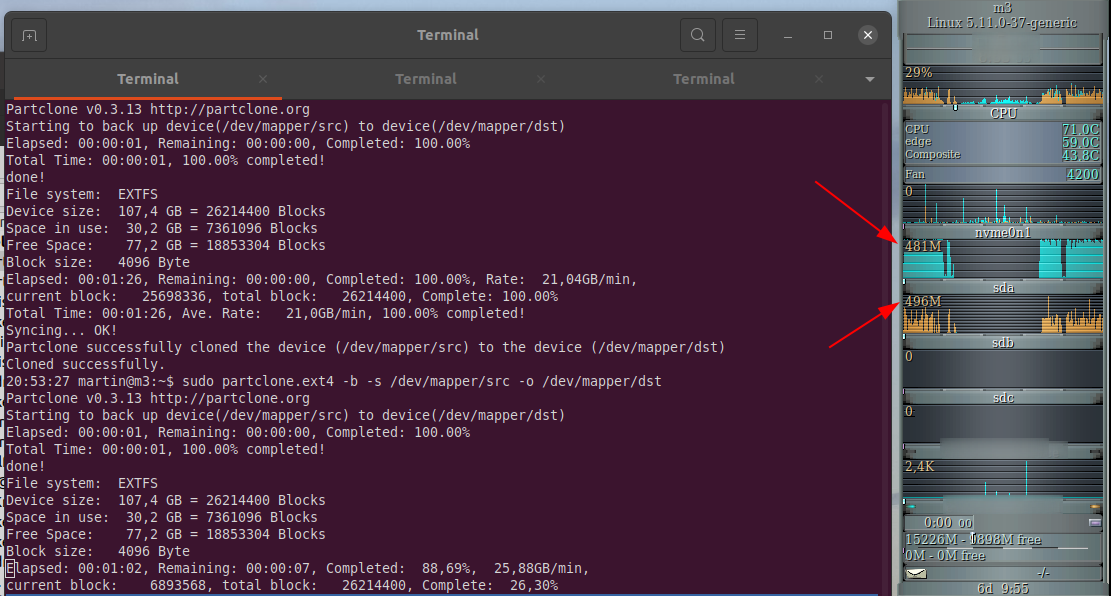
This is again one of the moments where I broke through a boundary that existed for years: Reaching 1 Gbit/s Ethernet line speed over Wi-Fi.
In the past, I’ve come close to around 800 Mbit/s, but that was only for a short time, as radar detection frequently moved my 80 MHz channel to the lower part of the 5 GHz band. Here, transmit power is much more limited then higher up in the band, so in practice, I can reach around 500 Mbit/s today. While my previous 6 year old notebook was limited to 80 MHz channels, my new Lenovo X13 comes with an Intel AX-200 Wi-Fi card that supports 802.11ac and 11ax with 160 MHz channels. Incidentally, my Wi-Fi Access Point, a Fritzbox 7590 also supports 160 MHz channels, so it was time to see how fast things could get with such a channel bandwidth.
Continue reading Reaching 1 Gbit/s With a 160 MHz Wi-Fi Channel


